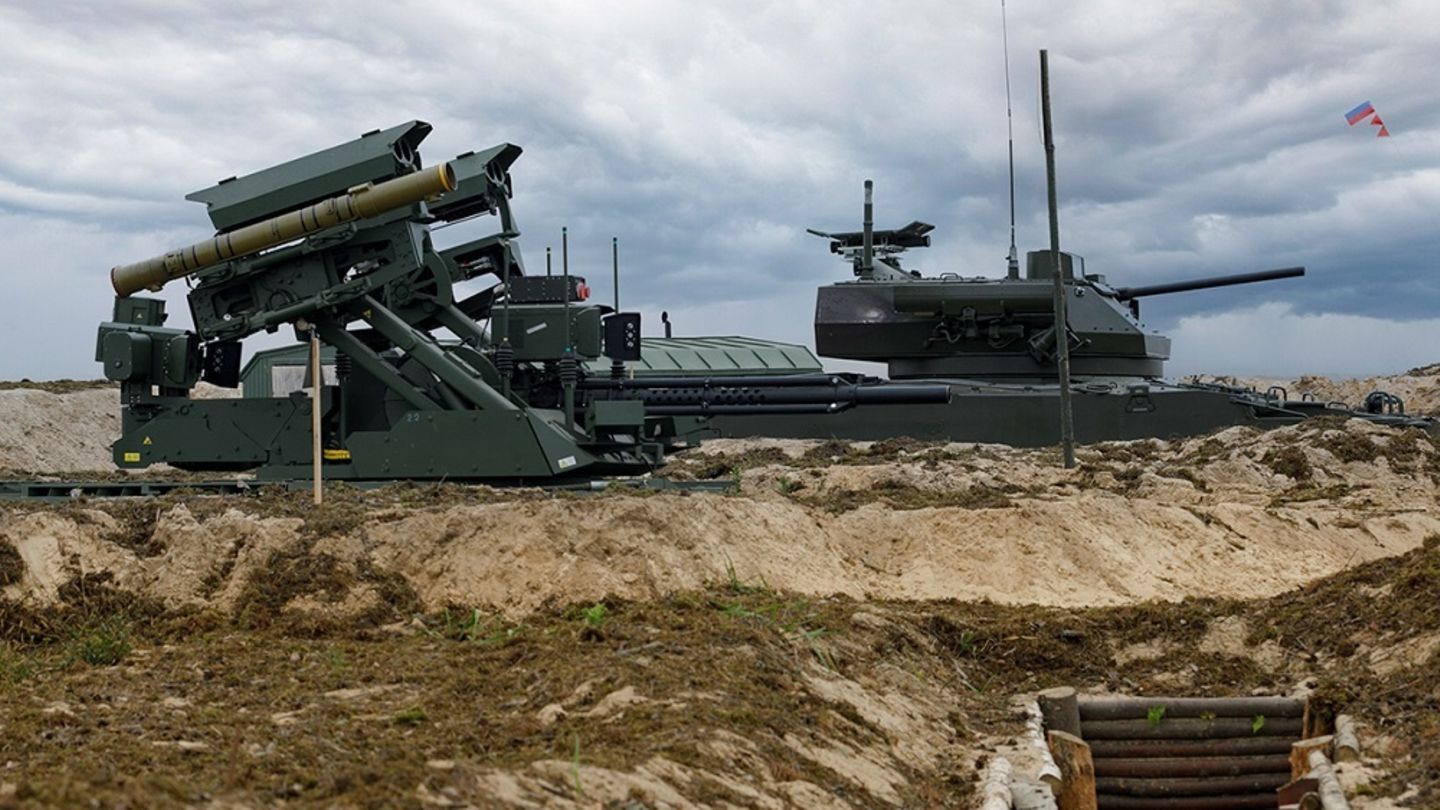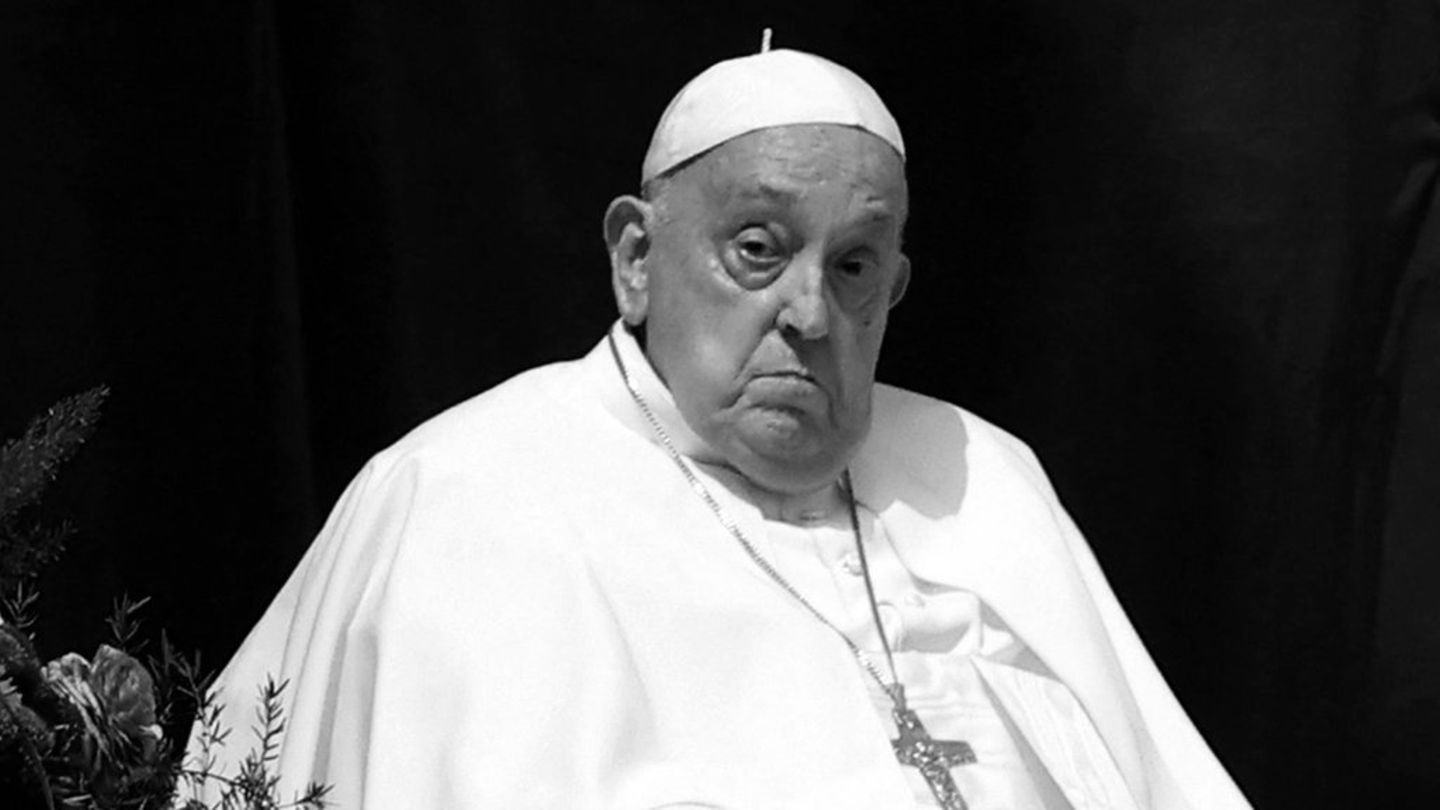For the first time in Russia, robots were used to simulate a battle of linked weapons. This shows what tasks the autonomous combat vehicles can take on in the future.
The procurement of armed flying drones is an issue in Germany. Russia has now used unmanned ground vehicles for the first time together with regular units in the Zapad 21 large-scale exercise at the Mulino military training area. Robot tanks are far more demanding than flying systems because movement and orientation in the field are more difficult.
The Uran-9 and Nerekhta robotic tanks work together with human groups. Compared to previous exercises, the scenario was far more challenging.
Complex task in a dynamic scenario
Previous exercises and promotional videos show robots in Russia, but also in the West, in action with a small group of infantrymen who are supposed to master a manageable task with the robot. Working in such a large unit as during exercises on the military training area is far more demanding. In Mulino, the ground troops were supported by attack helicopters and jets. A major battle situation was simulated here, as in the times of the Cold War. The robots were part of the defenders during the exercise and attacked the attacker’s troops from a distance of 3,000 to 5,000 meters. They used Ataka rocket launchers, aerosol rocket projectiles, their 30 mm machine cannons and machine guns. The firepower of the robots eliminated enemy units, masking the movements of the infantry.
Russia has already used robotic tanks in Syria, but not in large-scale combat between arms and arms. In Syria, there are also said to have been massive problems with the radio connection of the semi-autonomous systems as soon as they were used in urban areas. Nor were the robots themselves smart enough to make decisions under the complex conditions of a battle. To do this, the robots must have powerful AI.
Semi-autonomous ground systems
It is not known how high the degree of autonomy in Russian robots actually is. However, they are currently partially remote-controlled. The range should be 20 kilometers, when using a mast or taking advantage of a hill, it should be far greater. Just a few days ago, Russian media reported that a test vehicle traveled a route of 100 kilometers completely autonomously and coordinated a swarm of drones in the process.
Similar to the “Mission Master” system from Rheinmetall, the ground vehicles can be equipped with various modules for specific tasks. For example, they can mainly be used for fire support or for reconnaissance and coordination, as mine clearers or ammunition transporters. A typical application would also be the transport of the wounded. The robot tanks were used as “sword and shield” for the infantry, a task for which battle tanks would no longer have to be used.
Support tanks
Unlike the troops of the West, Russia is currently building special infantry support tanks – nicknamed “Terminator”. A special tower is set up on them without a large chariot cannon. These tanks are not primarily used to combat battle tanks, they are equipped with automatic cannons, rockets and grenade launchers that unleash a very high level of firepower against enemy infantry. In Russia, this task could now be transferred to the much smaller robot tanks.
David William is a talented author who has made a name for himself in the world of writing. He is a professional author who writes on a wide range of topics, from general interest to opinion news. David is currently working as a writer at 24 hours worlds where he brings his unique perspective and in-depth research to his articles, making them both informative and engaging.




